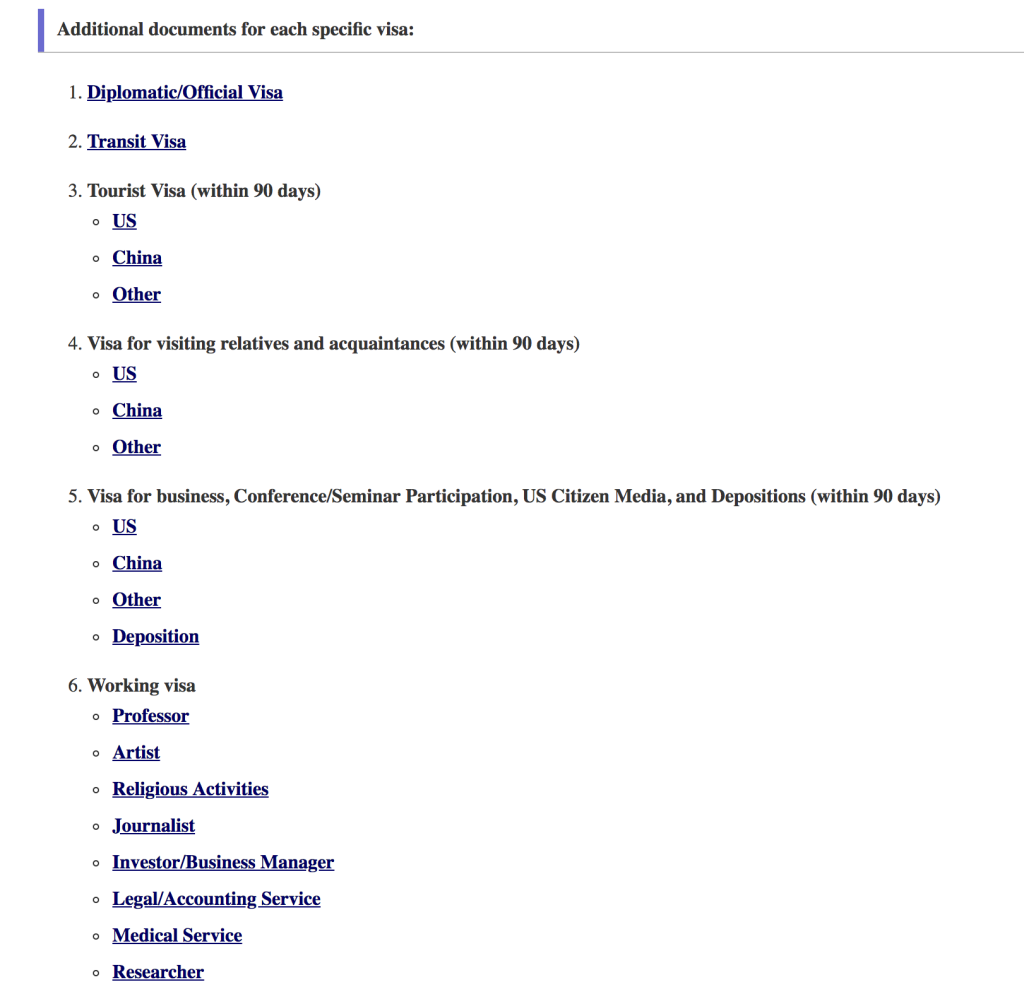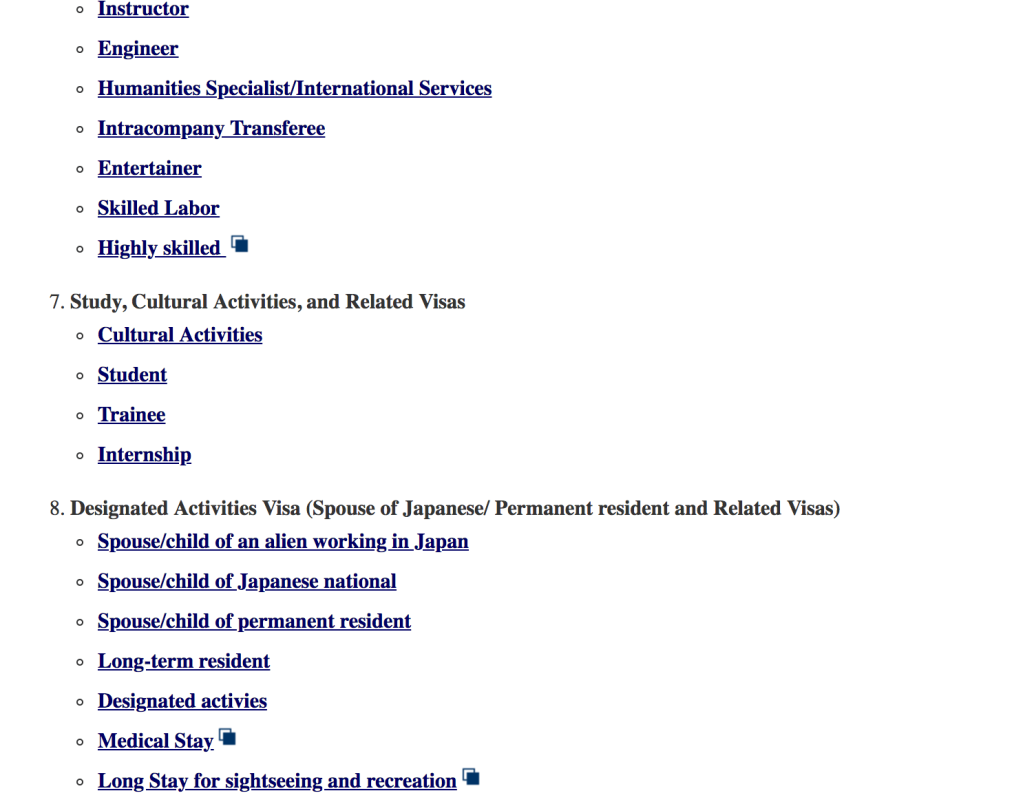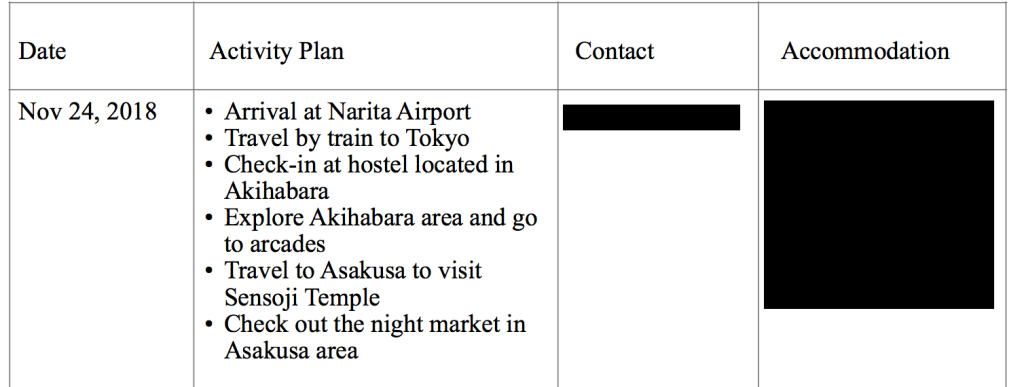Hello, friends! I know I’ve been gone for a while. Starting November of the previous year, I’ve traveled quite a bit for vacation. Planned my first independent overseas trip and it was in a magical place called Japan. After that, I got to visit my hometown, the Philippines, and had the chance to catch up with old friends and connect with new ones. I even got to go to Arizona for the first time to see one of my best friends and see my favorite band perform live. Not to mention, the holidays got the best of me. But I’m here now.
I want to write about the concept of writing vulnerably and my journey with it. This is going to get personal real fast so sit tight, and enjoy this tiny glimpse of my sincerest sentiments and thoughts. To be honest, this is actually going to be a breakthrough for me. If you noticed, for the previous year, the only things that I used to write about on here are informational topics and recommendations or basically anything that would keep me from showing any type of emotionality. For the longest time, I tried to suppress it— emotions, I mean. I got out of touch with my writing for a few years back. I got caught up with graduating and thesis and moving to the US, and frankly, when everything settled down, and I finally found time to try and write again, I then realized that I was scared of vulnerability. At that time, I was dealing with a break-up, and I’m guessing that something about going through that made me shut out my emotions in the fear that it would make me seem weak and fragile. I desperately wanted to show everyone (myself included) that I was strong and that I was fine, so as a result, I kind of went overboard and sacrificed my writing. I would still indulge in spoken word poetry though, listening to it was definitely one of the things that helped me through those times.
The thing about me is, I couldn’t stop thinking about writing. I knew I want to pursue it, still; at the same time though, it also scared me too. And so, I decided to start reading again. Baby steps, I thought. Soon enough, I started journaling privately again. And then, eventually, I finally had the courage to start and commit to this blog. Writing publicly without showing vulnerability helped a lot, of course, because I didn’t feel as exposed somehow. I was playing it safe, and I’m very aware of that. I think that as long as I’m writing, at least I’m getting some kind of practice, right?
Here we are, a year after— a lot of self-discovery and self-love, a couple of travels here and there, and a few tattoos later, I could honestly say that I’ve definitely grown as a person, and I’m proud of that. I’ve learned a lot this previous year. When I was evaluating it at the start of the month though, I felt like I haven’t accomplished a lot. But looking back now, I realized that I was hard on myself. I had focused on self-acceptance, getting to know myself more, and being comfortable with solitude, and that’s not so bad. I feel like it’s an important journey that I’ve been on, and honestly, it’s still one that I’m continuously going to be on; it’s just that this year, I feel like I’m ready to take on so much more new challenges. I read somewhere recently that “Growth is not found in comfort,” so here’s to getting uncomfortable.
All love,
Fried Filipina Feelings



